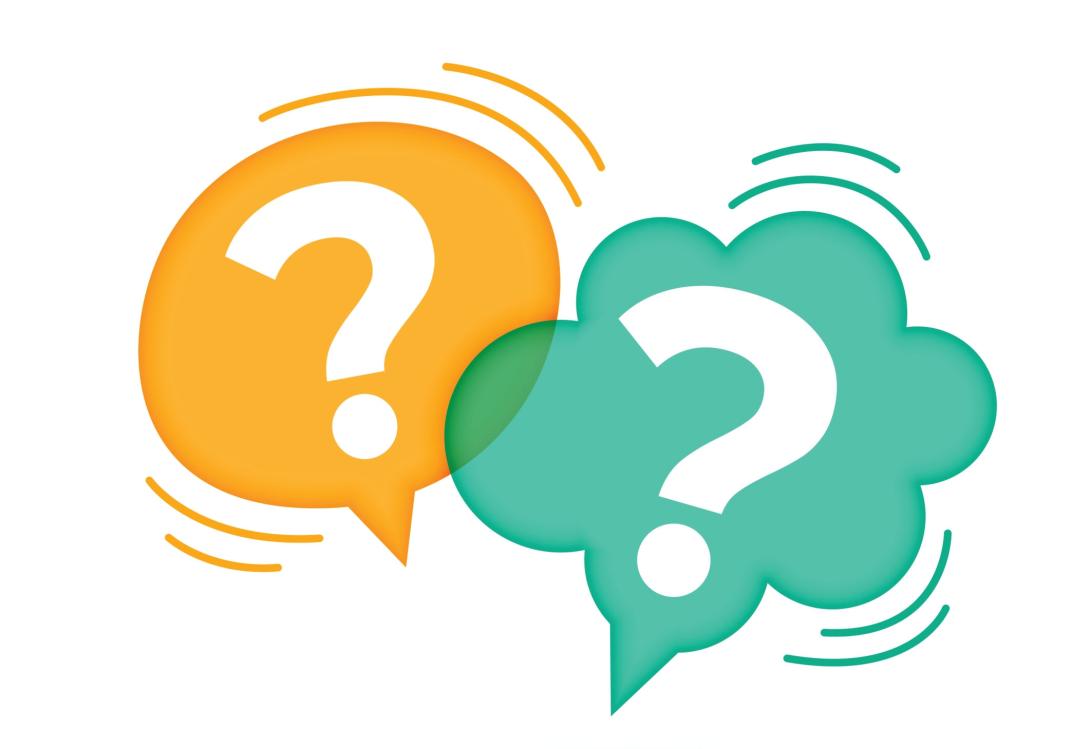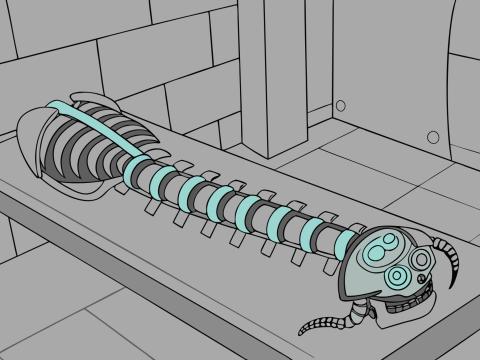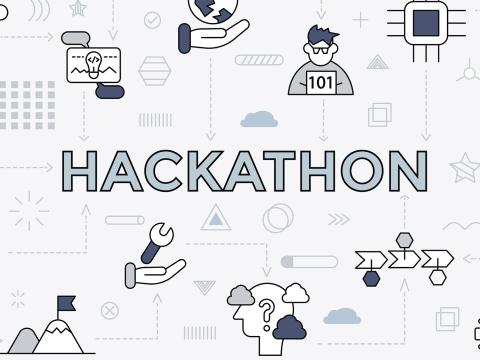Disruptive By Design: Asking the Right Questions
Every relationship has different building blocks that contribute to its success. Trust, honesty and respect are often associated with high-functioning personal and professional relationships. But the single most valuable trait in any relationship is communication. It is the basis and the vehicle by which all other relational attributes flow.
Communication itself can also be difficult, as no two parties are alike in their style. One of the most effective ways to make your communication and interactions with another party most successful is to know how to ask the right questions.
Think about how you feel when someone asks you a question that is clearly thoughtful. It’s generally a positive feeling. You are invited to share knowledge that you have, a strategic idea, your opinion or something personal or emotional for you. Regardless of the question, it immediately disarms the receiver and fosters a collaborative exchange of information. In sales, it is good practice to first understand the customer through a series of investigative questions. How can a business help a customer without first understanding what they need? Proper inquiry often reveals much more than simply what a customer believes they want. Answers to open-ended questions tell a story of where the individual or team is positioned in terms of market understanding, technical advancement, organizational maturity and cultural health.
Humans tend to steer away from asking open-ended questions in conversation because they don’t like the unknown. The brain is thinking, “How will I react if I don’t like the answer?” “What if the answer offends me?” “What if I don’t understand what the person is communicating and can’t respond?” It takes more mental energy to ask and respond to open-ended, exploratory questions than specific, tailored ones. A great skill in the professional world is deducing what motivates other parties without asking directly. Sometimes it’s best to ask questions that paint a picture of context, rather than directly asking for the bottom line. Although this might take more effort, it fosters a sense of thoughtfulness and diligence in the conversation. Open-ended questions have the power to strengthen and build a relationship that otherwise might take years of investment if approached in a closed-ended manner.
How do you ask a good question? The first step to approaching intentional inquiry is thinking about how your question could be construed or misconstrued. Are you asking the question with built-in bias? Everyone has retained information that leaks into how questions are phrased. It’s best to base a question with the intention of discovery. Although using retained knowledge to ask a question can help to strengthen a viewpoint while also soliciting input, it takes significant practice to be done eloquently without coming off as contentious. In most collaborative or personal relationships, it is best to lean toward questions that evoke a sense of curiosity.
The best questions also tend to show empathy for the receiver’s disposition. Acknowledging to yourself that everyone has different experiences and views will help to frame discussions with a sense of open interest. Just as important to what question is asked is how it is received. Monitor the body language of the recipient to understand what might be the right direction to take the conversation.
The alternative to asking questions is leaving the floor open to statements. In the context of a professional or personal discussion, statements leave room for personal bias and false interpretation, clouding the goal of the knowledge exchange. The issue is that statements burden the receiver by forcing them to filter the information directed at them. The offering party is using their best reasoning to deduce what the other party needs to know; however, this reasoning is often incorrect due to missing information. Asking a question is a duel-edged sword; it not only elicits information but also makes a statement on its own.
Try an experiment where you ask a few questions in an existing or new context and observe how it transforms the conversation and the relationship. It is natural to fall back on statements in regular conversation and may be slightly uncomfortable to shift to a questioning approach at first. Simple, open-ended questions can lead to a series of more in-depth questions and information sharing that would never have happened through statement-based communication. Implementing smart questions takes effort and is not easy. One of the best outcomes is learning something new. You can learn everything from a new hobby of a colleague to your supervisors’ execution strategy for the upcoming fiscal year.
Stay tuned for Part 2 of this series: Questions That Enable Mission.





Comments